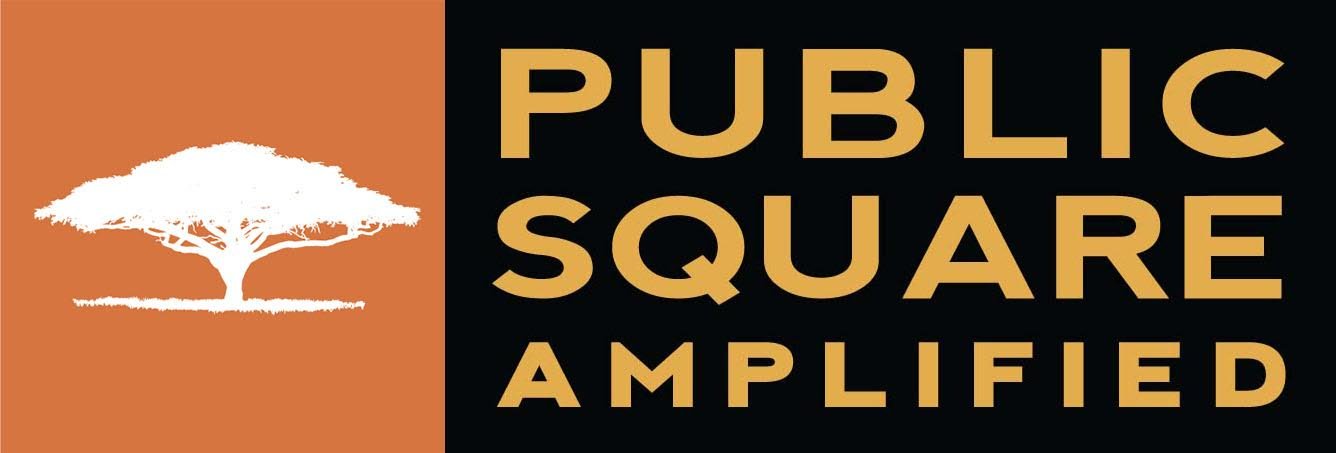Book Review | Tip of the Spear
Image credit: Graphic design using the Tip of the Spear book cover (Designed by Renee Johnston)
Newark, NJ - There are almost 2 million people currently incarcerated within the US prison system. Rarely does the public have a window into the lives and living conditions of the people inside prison walls beyond provocative headlines and Hollywood screens that dehumanize and demonize.
There is an emerging scholarship which challenges this worldview by re-examining the historical record informed by the narratives of people with direct lived experience of radical organizing behind bars. “Tip of the Spear—Black Radicalism, Prison Repression, and the Long Attica Revolt”, by Dr. Orisanmi Burton, draws on direct interviews, archival research, and state sources associated with Attica and other prisons to deconstruct state repression tactics that form the foundation of the prison system.
In the early 1970s and before, Attica had been recognized for its deplorable living conditions, but for those housed in the facility, it had a uniquely intense level of dehumanization. Interviewees describe, in great deal and depth, both the psychological and sexual torture exerted by white correctional officers on the overwhelmingly Black and Latino population of incarcerated citizens.
Setting
The book is far from easy to read; many chapters are raw and painful. However, analyzing the Attica uprising via the perspective of political prisoners, Black radicals, and revolutionaries provides a new understanding of the roots of revolution within the US prison system.
In his writing, Burton suggests that people with a capacity for revolutionary struggle, political knowledge, and the potential to lead others to revolution are intentionally incarcerated. “They saw intelligent, politically revolutionary, and charismatic individuals as vectors of a dehistoricized political contagion that mechanically infected an otherwise healthy social order…” (Burton, 208) It is through incarceration that the state attempts to repress this high level of radicalism.
In his examination, Burton exposes the counterrevolutionary tactics within prisons, which include, but are not limited to, sexual torture, psychological programming, racialized violence, psychochemical terror, and deliberate physical isolation.
Photo credit: provided by Dr. Orisanmi Burton, taken by Tafari Melisizwe
Prison is war
One can define war as two opposing forces, each employing a strategy to subdue the other side. This concept of war, which Burton revisits throughout the book, is a critical framework in the book’s overall analysis of prisons: It exposes prisons as tools of oppression, overrun with acts of violence, and utilizing a variety of programs intended to completely dehumanize those held within.
“They [prisons] are state strategies of race war, class war, colonization, and counterinsurgency. But they are also domains of militant contestation, where captive populations reject these white supremacist systems of power and invent zones of autonomy, freedom, and liberation.” (Burton, 3)
In Chapters 4, 5, and 6, Burton gives a complete indictment of prisons as spaces of physical and psychological torture as a means of subjugation and suppression.
Chapter 4, outlines extreme acts of the sexual violence and torture used as a tool of dehumanization, both before and after the Attica revolt. Burton connects racism, white masculinity and rage, as well as the role of capitalism within prison walls. “The White Man’s ongoing effort to maintain racial and gender dominance helps explain why the political repression of Black men often takes explicitly sexualized forms.” (Burton, 123)
In Chapter 5, Burton expands his indictment of prisons by detailing the tactic of segregation and programming. Within months of the Attica revolt, hundreds of captives were relocated by the NYS Department of Corrections to alternate facilities. Thousands of volunteers, who were educators, organizers, or local residents, flooded prisons across NY to facilitate a wide range of education, art and recreational programs. Burton reveals these programs as counterinsurgency projects, intended to provide alternatives to radical resistance. “...the volunteer program dislodged, marginalized, and criminalized ongoing efforts by captives to forge relationships of solidarity with radical and revolutionary formations that sought to tear down, rather than stabilize, the walls.” (Burton, 175)
Chapter 6 reveals the strategies implemented by the state to eradicate Black radicalism through psychological and physical experimentation. Burton's extensive research and interviews unearth several state, federal, and medical programs running within the prison network, which involved a specific class of incarcerated person. “... those tasked with keeping recalcitrant populations contained quietly experiment with a variety of scandalous methods including sensory deprivation, electroshock therapy, isolation, hypnotism, chemotherapy, psychosurgery, electrode implantation, and so on.” (Burton, 189)
A must read
The book exposes prisons as enclosed battlegrounds, where acts of war are perpetrated upon those being held captive. The organization of the multiple sources and firsthand accounts, in addition to the provision of additional works worthy of review, makes Tip of the Spear a book everyone should read.
In Burton’s words, “Readers will not be rewarded with a comforting resolution, nor will they find prescriptions for future action… What this text provides is an archive and a theory-driven narration exposing a war that has been intentionally concealed.” (Burton, 18)
This book is precisely how Dr. Burton describes it, which means read with caution, but by all means, read it.


